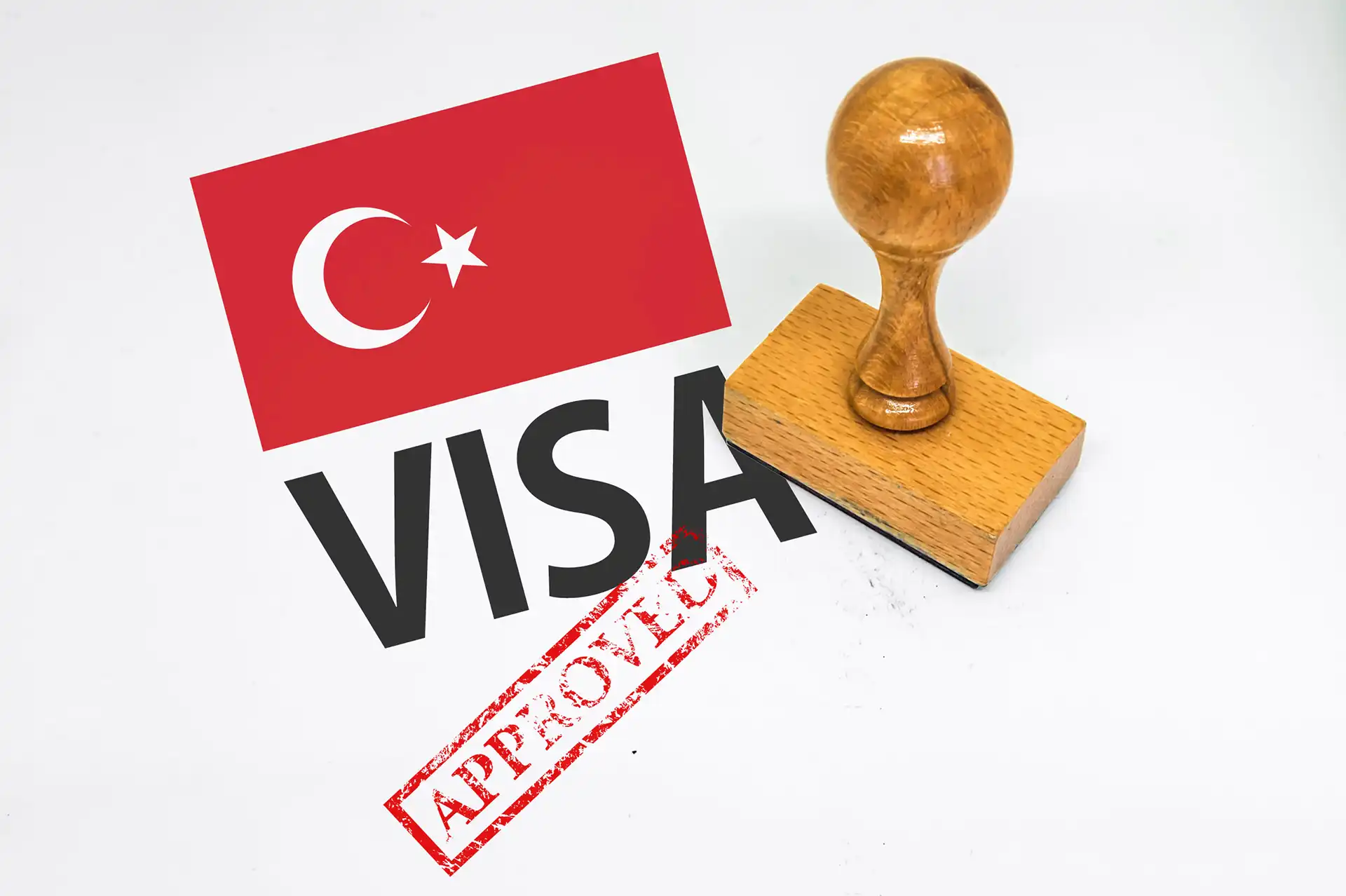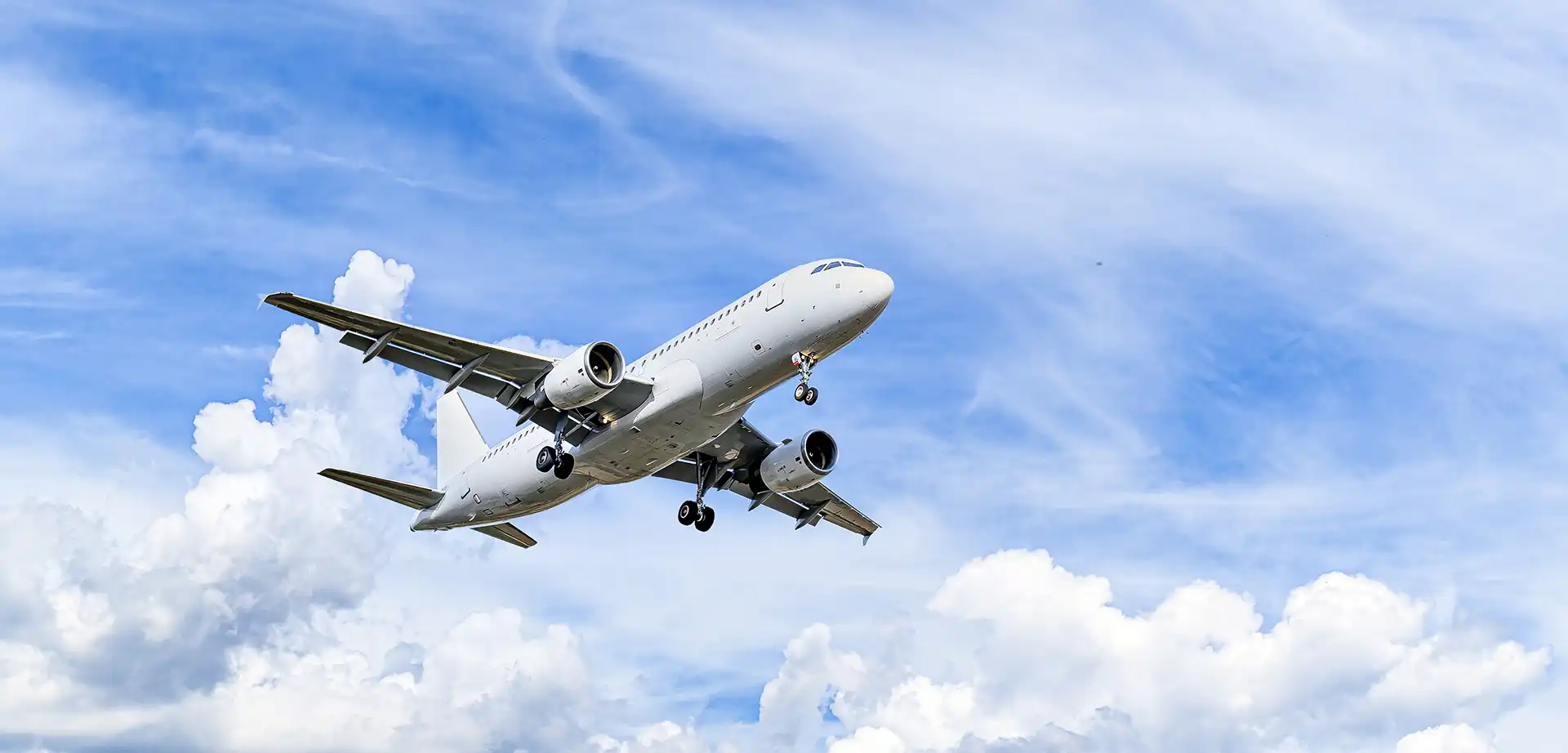

Libya
Libya passport ranking
The Libyan passport is currently ranked 93rd place on the Guide Passport Index. It is considered one of the lowest ranking passports in the world. Libyan passport holders have visa-free access to only 38 destinations including Sri Lanka, Dominica, Madagascar and Seychelles. There are 191 destinations for which a Libyan passport holder requires to obtain a visa prior to traveling. That is the reason why the passport raking is very low on the overall worldwide mobility score. For major destinations such as the USA and the European Union, Libyans require to apply for a visa in advance. Visa applicants need to present documents such as proof of funds and return flight ticket.
Libya Passport Ranking
The Libya passport ranking relative to other global passports is calculated by adding up the number of countries that allow Libya passport holders to enter without a visa (i.e. visa-free countries) and those that allow Libya passport holders to enter by obtaining a visa on arrival (i.e. visa-on-arrival countries) or an electronic travel authorization (eTA). There are currently a total of 13 Libya passport visa-free countries, 23 Libya visa-on-arrival countries, and 2 eTA destinations.
Altogether, Libya passport holders can enter a total of 38 destinations—either without a visa, through a visa on arrival, or via an eTA. As a result, the Libya passport ranks 93 in the world.
Separate from these Libya visa-free countries and visa-on-arrival countries, there are 191 additional destinations which Libya passport holders either need a physical visa to enter or an eVisa (i.e. visa required countries).
About Libya
The State of Libya is made of three regions. It is located in Northern Africa and borders Tunisia, Algeria, Niger, Chad, Sudan and Egypt. The most significant province is Tripolitania. The country has a total surface area of 1,759,541 square kilometers, making it the 16th largest country in the world. Its terrain is mostly flat with some plateaus and hills. The climate is Mediterranean on coastal area and the desert type in the rest of the country.
The overall population is over 7,1 million people. The capital of the country is Tripoli. It is also the most populous city with more than 3 million inhabitants. The largest airport currently is Mitiga International Airport (MJI) serving as an alternate airport after the destruction of Tripoli airport in the current conflict. The airport connects Libya to regional destinations as well as to Turkey.
Libyan culture is dominated by Islam with 96% of the population being Muslim. The official language is Arabic. The legal system is currently not defined. The government form is currently in transition and a type not yet set. The current chief of state and head of government is the Chairman of the Presidential Council Mohamed al-Menfi. Elections frequency to be determined upon legislation completion.
The official currency is the Libyan Dinar (LYD). Its current exchange rate is about 4.75 Dinar to the USD. The country has an open economy, generating a GDP of approximately $31.5 billion. The per capita income is $4,746. The largest portion of the GDP is generated by the services sector and industry. Almost all of the GDP is generated by the oil and gas sector, with oil production still behind pre revolution figures. Libya’s former colonial ruler Italy still remains its most important trading partner.
The State of Libya has many historic and culturally unique attractions for tourists to explore. The country has a total of 5 UNESCO world heritage sites. Main touristic destinations are the capital Tripoli, Leptis Magna, Benghazi, Cyrene, Ghat, Sabratha and Waw an Naumus. Libya is currently not issuing any touristic visas due to the ongoing armed conflicts. Most governments advise their citizens against traveling to the nation.










































